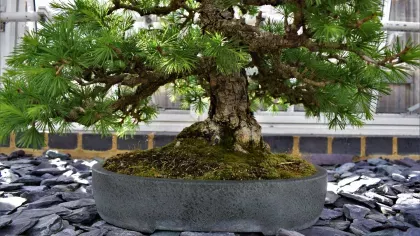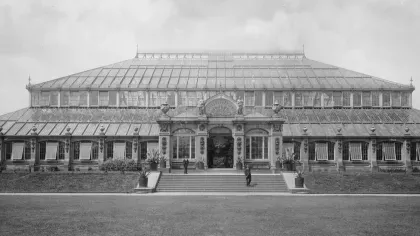13 July 2020
Stars of the Mediterranean Garden
From olive trees to stone pines, meet the plant heroes of the Mediterranean Garden.

Our Mediterranean Garden is bursting with plants from the sun-kissed shores of Southern Europe.
The garden was designed to highlight the economic uses of Mediterranean plants, the diversity of life the habitat supports and the conservation efforts needed to ensure its survival.
Find out more about the star plants of the region that will whisk you away to balmy coastlines without leaving the UK.

Rosemary
This part of the Gardens is home to fragrant, sun-loving rosemary (Salvia rosmarinus). Native to the Mediterranean coast, this shrub grows well on dry, sandy soil and likes lots of sunlight.
It has needle-like, leathery leaves and pale blue flowers. Both the flowers and the leaves contain an essential oil, which gives the plant its strong smell.
Rosemary was used in traditional European herbal medicine for a variety of different ailments. It was used as an application for wounds, to help alleviate eczema, to stimulate appetite and to improve memory.
Evoke the scent of the Mediterranean in your own garden with the help of The Kew Gardener’s Guide to Growing Herbs.

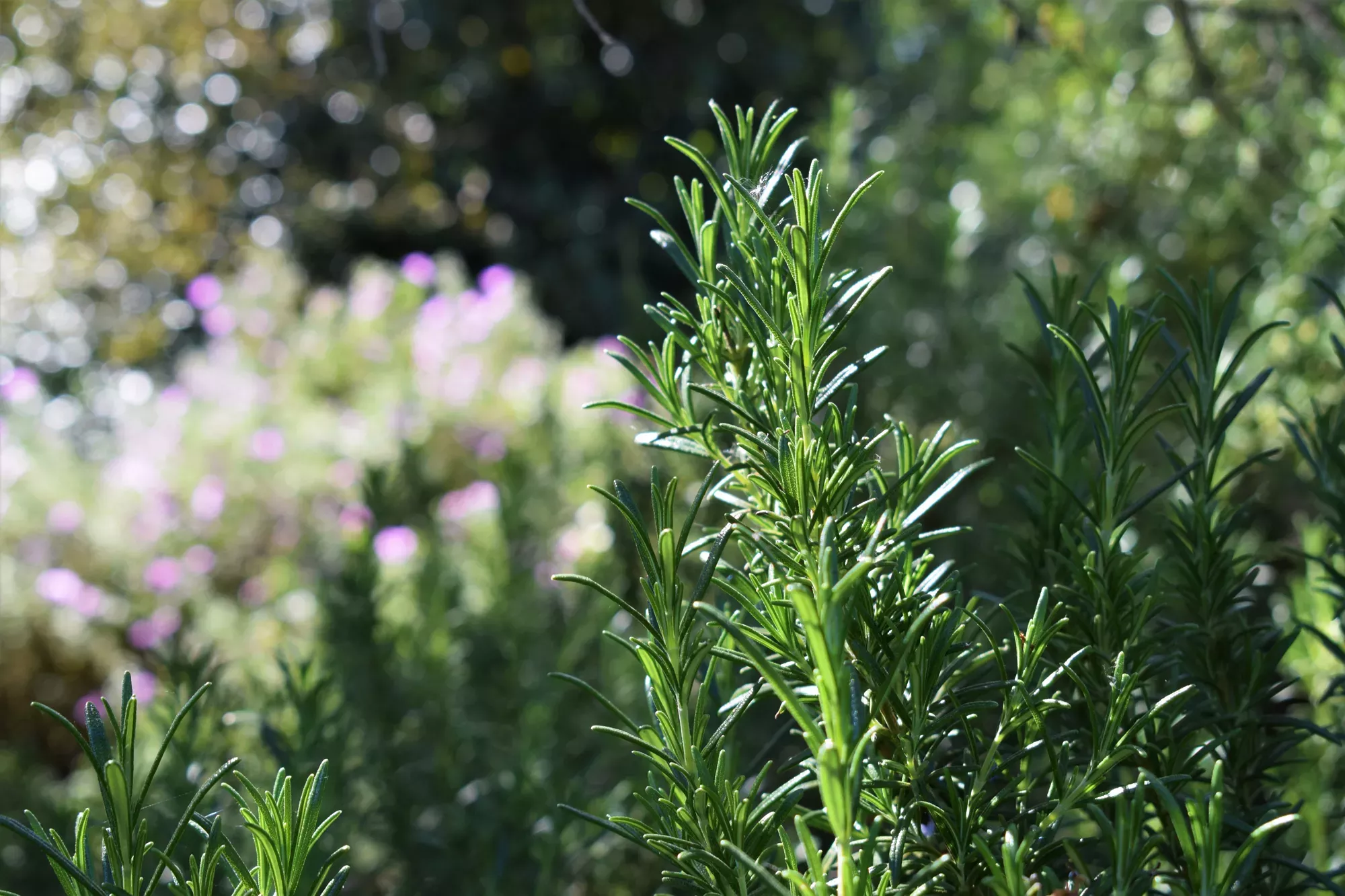
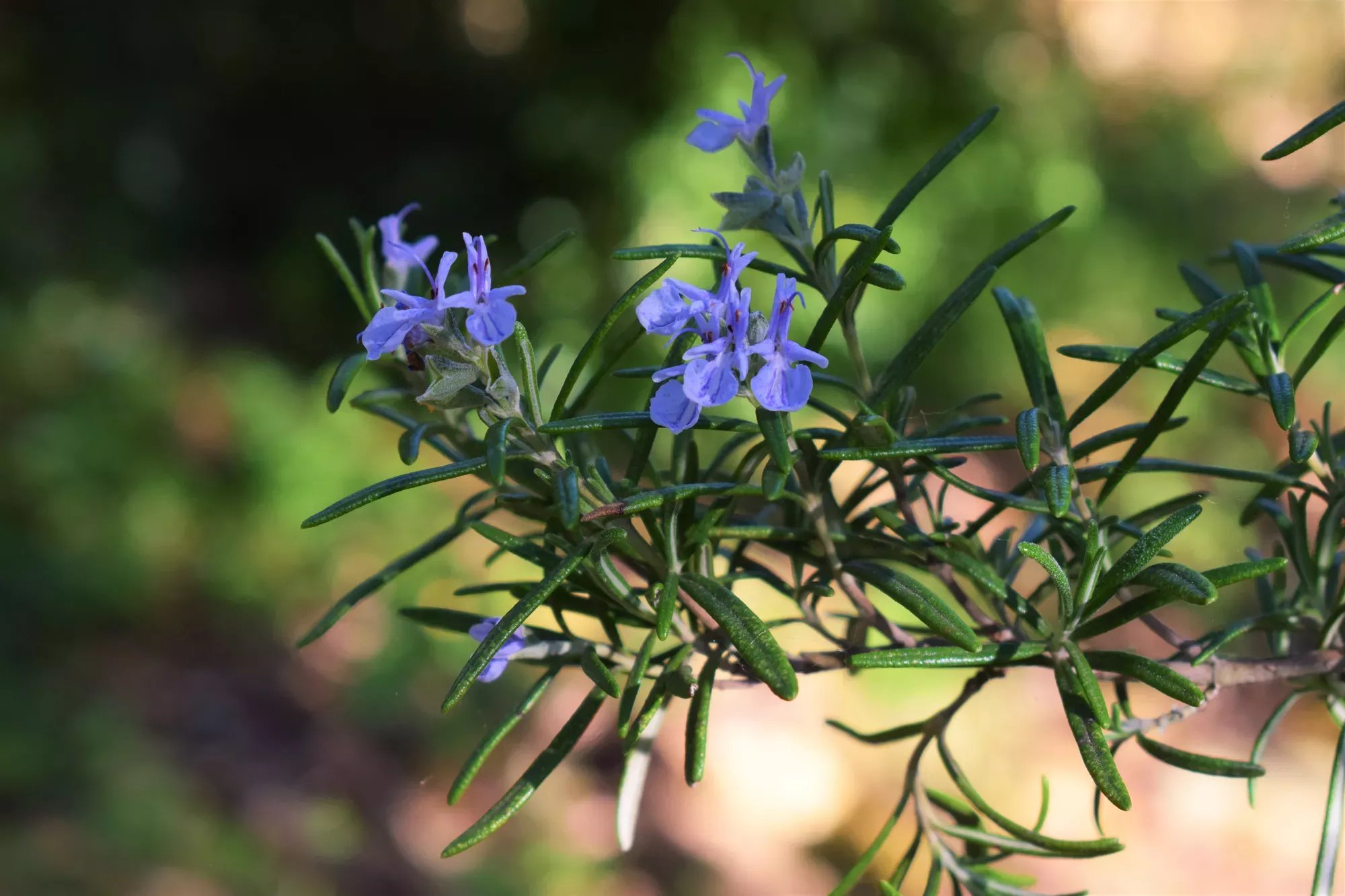
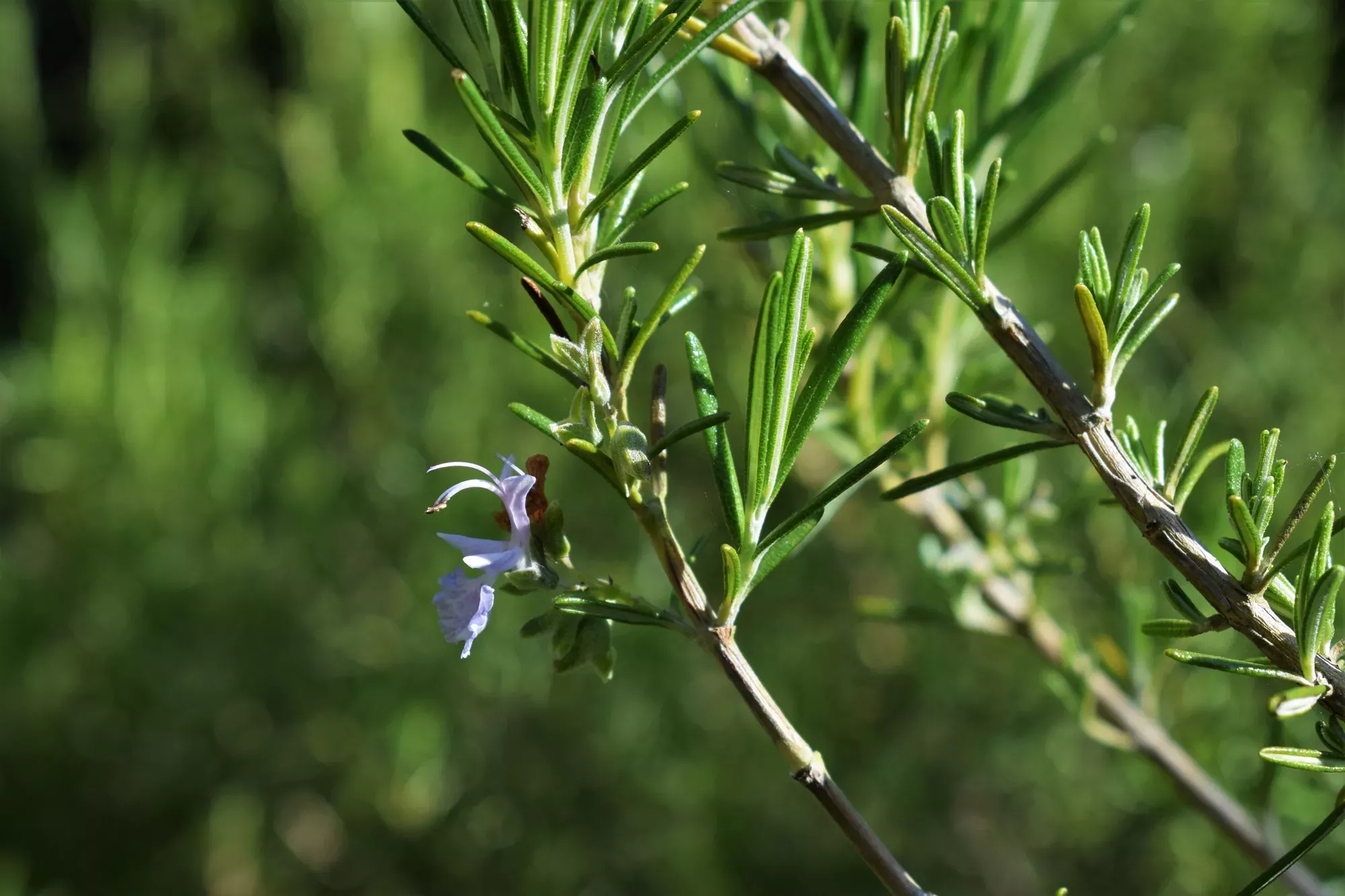
Olives
Wander through our beautiful silver-grey Tuscan olive trees (Olea europaea).
The olives love the sandy soil at Kew, and many of the trees growing in the Mediterranean Garden are over 100 years old.
Today there are thought to be around 1,000 million olive trees in the world, and 90% of all olives are produced in the Mediterranean. It's the region's most versatile and valuable crop.
Olive oil is the world's most popular olive product. Olives are harvested in nets placed around the foot of the trees, or collected using machines which shake the olives off the trees.
Once collected, they are cleaned, crushed into a paste, and pressed to squeeze the oil from the pulp.
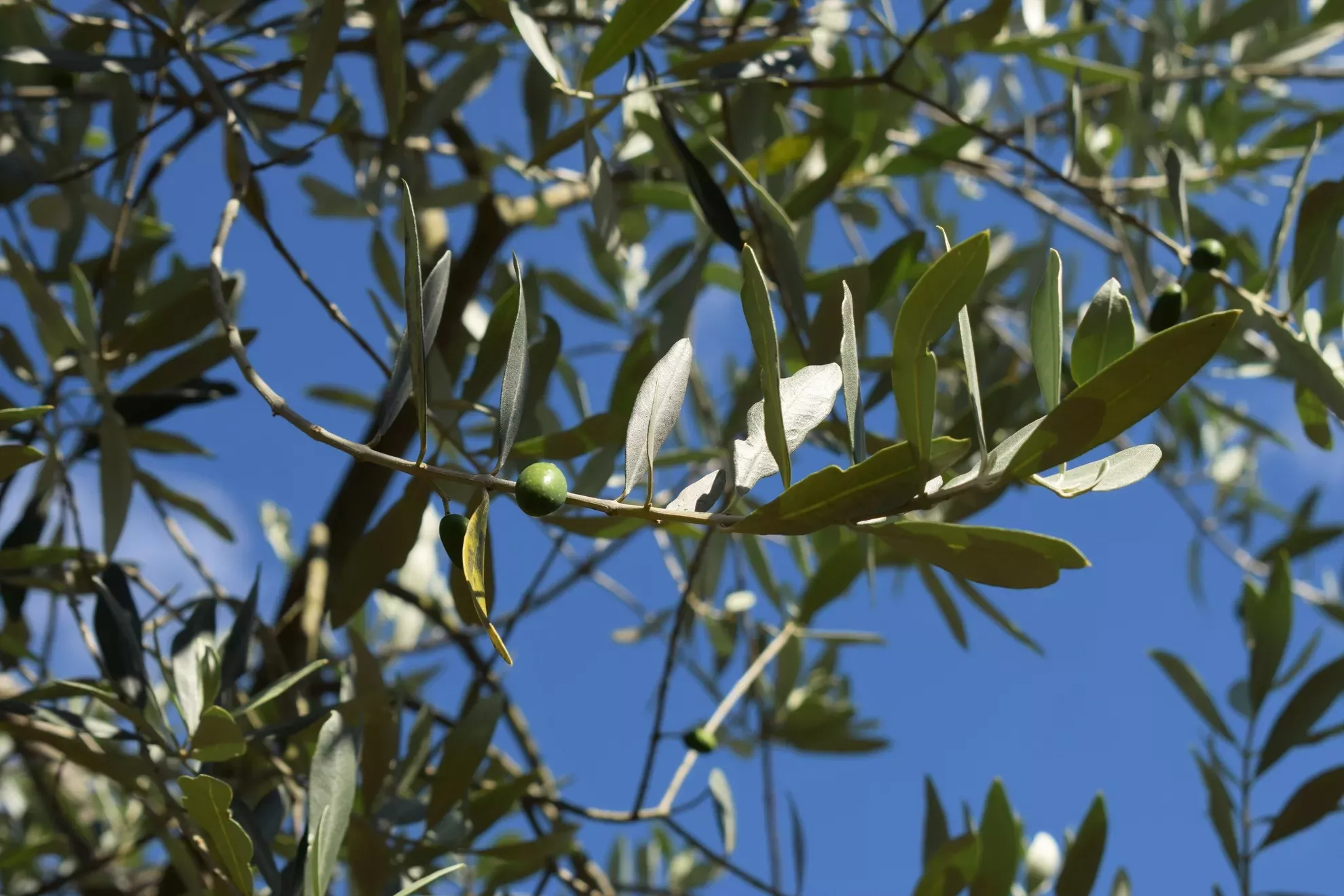
Stone pines (Pinus pinea)
Pine nuts have been enjoyed for thousands of years, and millions of kilograms of them are harvested each year in the Mediterranean. But have you ever wondered about the tree that they come from?
The stone pine is a striking tree which is also known as an umbrella pine because of its unusual umbrella-like shape. It has thick, fire-resistant bark and large cones.
Producing pine nuts is a lengthy process as it takes three years for cones to mature.
The cones are then collected with hooked poles and heated to release the seeds. These seeds pack a flavour punch and are an essential component of tasty dishes like pesto.
Even the resin of the stone pine is useful as it contains turpentine which is used as an antiseptic, a remedy for kidney and bladder problems, and to treat skin conditions.
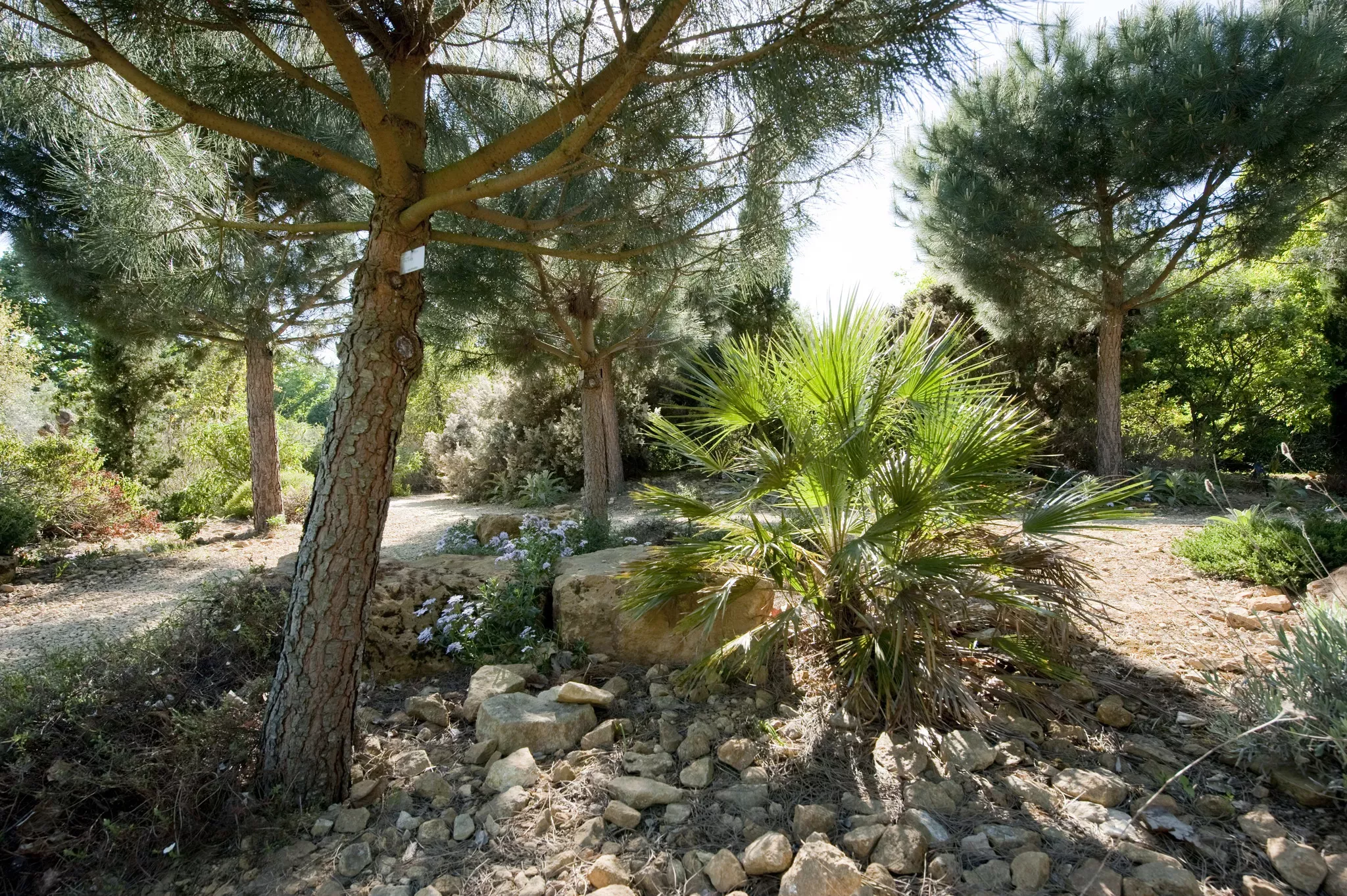
Cork oak
The cork oak (Quercus suber) has been used for hundreds of years. The Ancient Greeks used it for stoppers in olive and wine jars, while the Romans used it in beehives.
Cork is the outer later that can be found on almost all trees and forms a natural armour. Quercus suber is unusual because it forms an exceptionally thick layer that can be sustainably harvested without damaging the tree.
Cork bark is also highly impermeable to liquid, and is an excellent insulator of heat, sound and vibration.
It is thought that the cork tree evolved this layer to protect itself from wildfire, which is a frequent occurrence in its native Portugal.
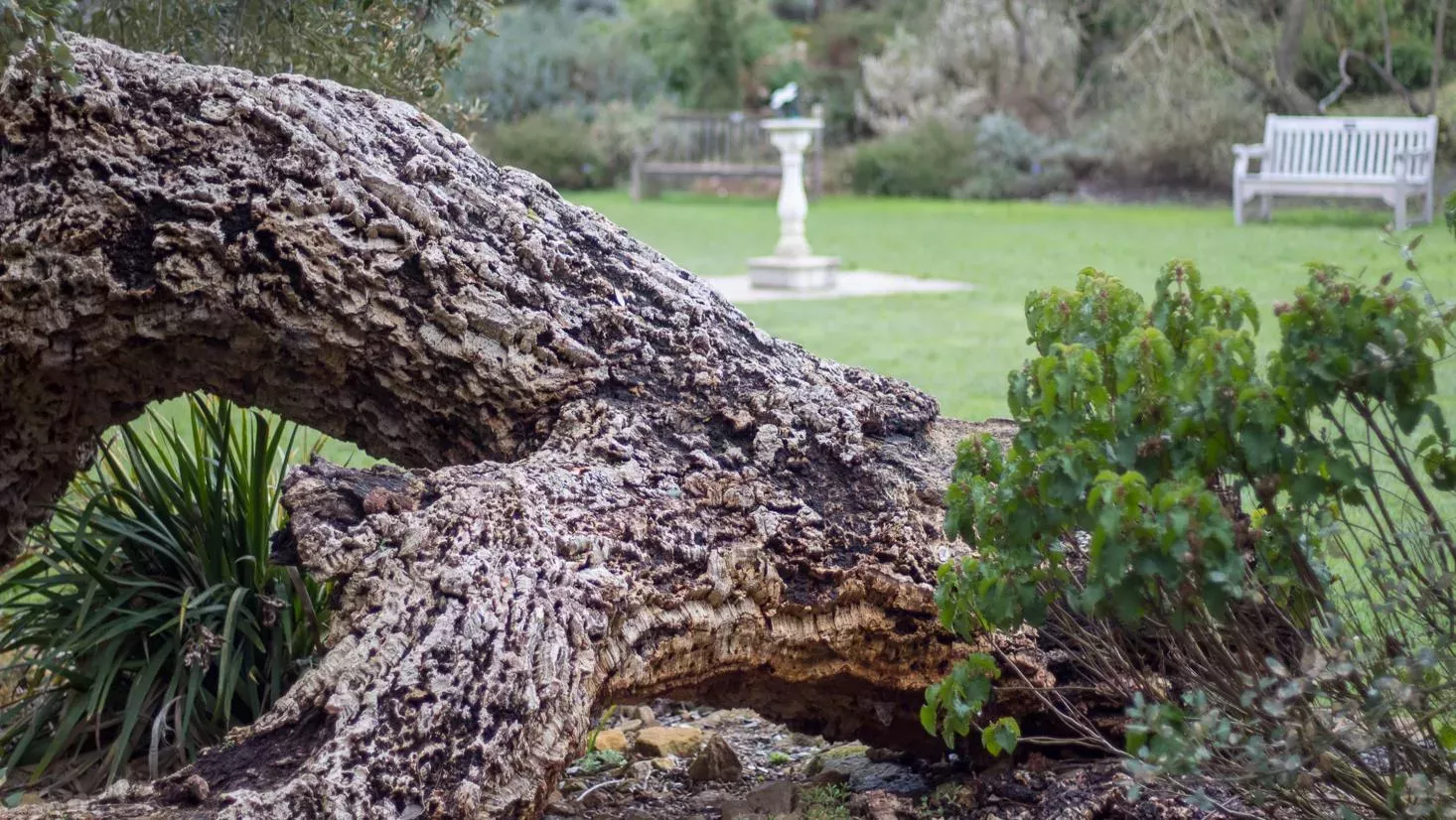
Head down to our Mediterranean Garden and be transported to the sun-kissed landscape of Southern Europe. Immerse yourself in our beautiful collection of plants from this region.
If you can't make it to the Gardens, learn more about these beautiful plants and how to grow them in Gardening with drought-friendly plants by Kew horticulturalist Tony Hall.

